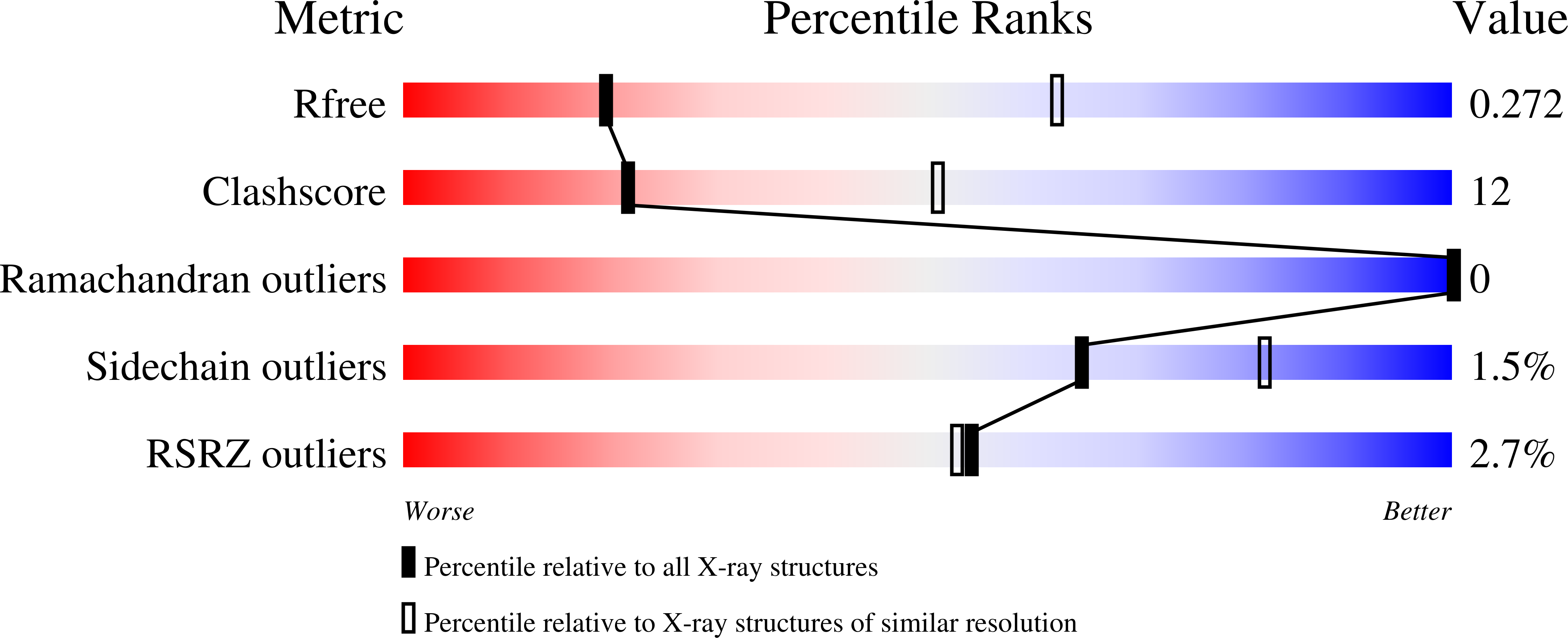
Deposition Date
2023-04-27
Release Date
2024-02-07
Last Version Date
2025-03-19
Entry Detail
PDB ID:
8SNP
Keywords:
Title:
Crystal structure of mouse Netrin-1 in complex with samarium ions
Biological Source:
Source Organism:
Mus musculus (Taxon ID: 10090)
Host Organism:
Method Details:
Experimental Method:
Resolution:
3.40 Å
R-Value Free:
0.26
R-Value Work:
0.24
R-Value Observed:
0.25
Space Group:
P 32 2 1


